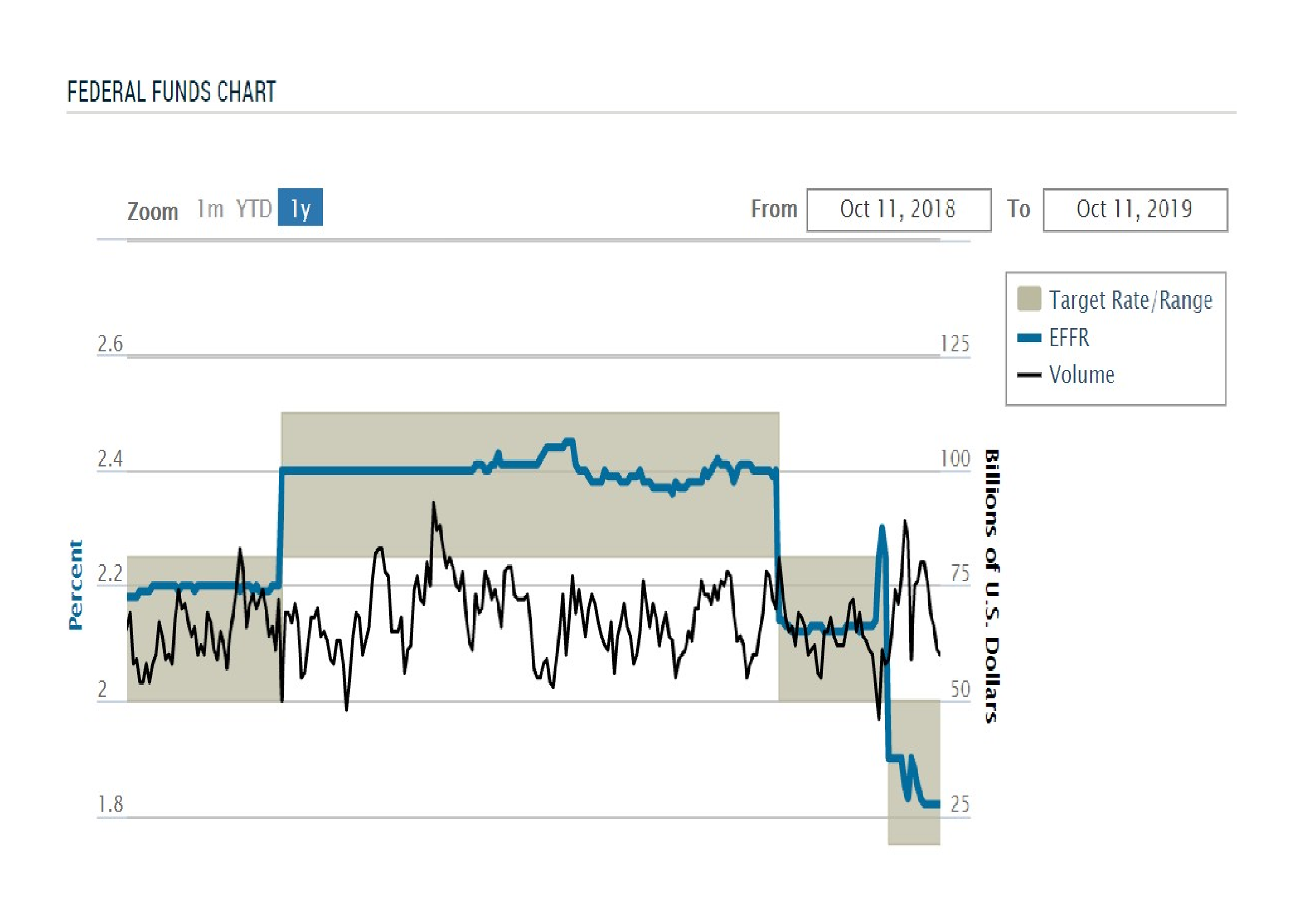On Wednesday Finland gave in to public pressure and revealed where she stores her gold reserves. The statement followed a press release by the Bank of Sweden on similar lines released on Monday.
The totals (in tonnes) for these two Scandinavian countries are as follows:
| Location | Sweden | Finland |
| Bank of England | 61.4 | 25.0 |
| Swedish Riksbank | 15.1 | 9.8 |
| New York Fed | 13.2 | 8.8 |
| Swiss National Bank | 2.8 | 3.4 |
| Bank of Finland | – | 2.0 |
| Bank of Canada | 33.2 | – |
| Total | 125.7 | 49.0 |
So far, so good. But then the Head of Communications for the Bank of Finland added some more information in Finnish in a blog run on the Bank’s website. It is not available in English, so I asked her for a translation, but I am still waiting.
Instead, a Finnish reader of my own blog and a Finnish journalist who has been following this topic have independently given me an English translation of a highly relevant and interesting paragraph, three from the end. This is the journalist’s:
Maximum half of the gold has been within investment activity over the years. Gold has been invested among other things in deposits similar to money market deposits and using gold interest rate swaps. Gold investment activity is common for central banks. The risks associated with gold investments are controlled using limits, investment diversification and limitations concerning duration.
And my reader’s translation:
Throughout these years no more than half of the gold has been invested. Gold has been invested in for example deposits similar to money market deposits and gold interest rate swap agreements. Gold investment activities are common for central banks. Risks related to gold investments are controlled with limits, decentralising investments and limits regarding run times.
Half Finland’s gold is stored at the Bank of England, and “no more than half” is “invested”. If any “investment” is to take place it would be in London. It is not immediately clear what is meant by invested, but presumably this is a result of translation of what has happened from English into Finnish plus explanation for a non-specialist readership. However if it has been invested, then by definition it is no longer in the possession of the Bank of Finland, and will most probably have been sold into the market in return for a promise to redeliver at a later date. This follows the Austrian National Bank’s admission to a parliamentary committee a year ago that it had earned EUR300m by leasing its gold through London.
The evidence is mounting that Western central banks through the Bank of England have been feeding monetary gold into the market through leasing operations. Indeed, the Finnish blog says as much: “Gold investment activities are common for central banks”.
This explains in part how the voracious appetite for gold by China, India and South-East Asia is being satisfied, without the gold price rising to reflect this demand. It is also consistent with my disclosure earlier this year of the discrepancy of up to 1,300 tonnes between the gold in custody as recorded in the Bank of England’s Annual Report, dated 28th February 2013 and the amount recorded on the virtual tour on the Bank’s website the following June.
This article was previously published at GoldMoney.com.



These fools will learn the hard way that gold that is not in your own hand you don’t necessarily own.
Yes – much of the gold of the Central Banks (including the American Federal Reserve) is gone, used to drive down the gold price.
This scam (for scam is what it is) has betrayed the people of the West.
The actions of the Central Bankers could fairly be described as treason.
Treason? Who says that the gold held by central banks belongs to anyone but them? Governments own neat stuff like fighter jets that only the authorized pilots can fly and that can be sold to any other country whenever the mood strikes them. They own big buildings, highways, dams, all kinds of infrastructure that no one can even visit without their permission and that they have the right to close off in any situation they want. Since central banks are generally private organizations licensed by the nation/state no ordinary citizen now has a claim on any gold in their possession.
The real question is: “If gold isn’t a factor in the international fiat money system, why do central banks go to the trouble of acquiring and storing it?” If the money guys are correct, why not let the Indians and Chinese and misguided gold bugs buy all the gold, which they can then use for jewelry and paperweights? It’s obvious that they themselves don’t have complete confidence in their own fiat money and are retaining gold as a hedge, something that their apologists supposedly regard as stupidity.
True Chuck – I have made the mistake of confusing government and nation. A mistake I condemn in others – and so I must now condemn it in myself.
I apologise.